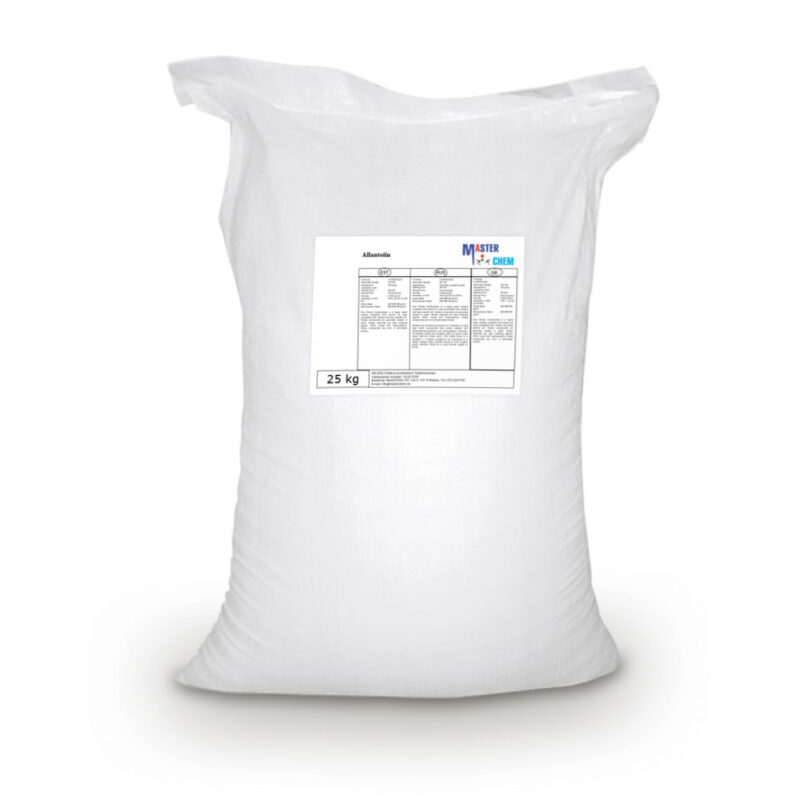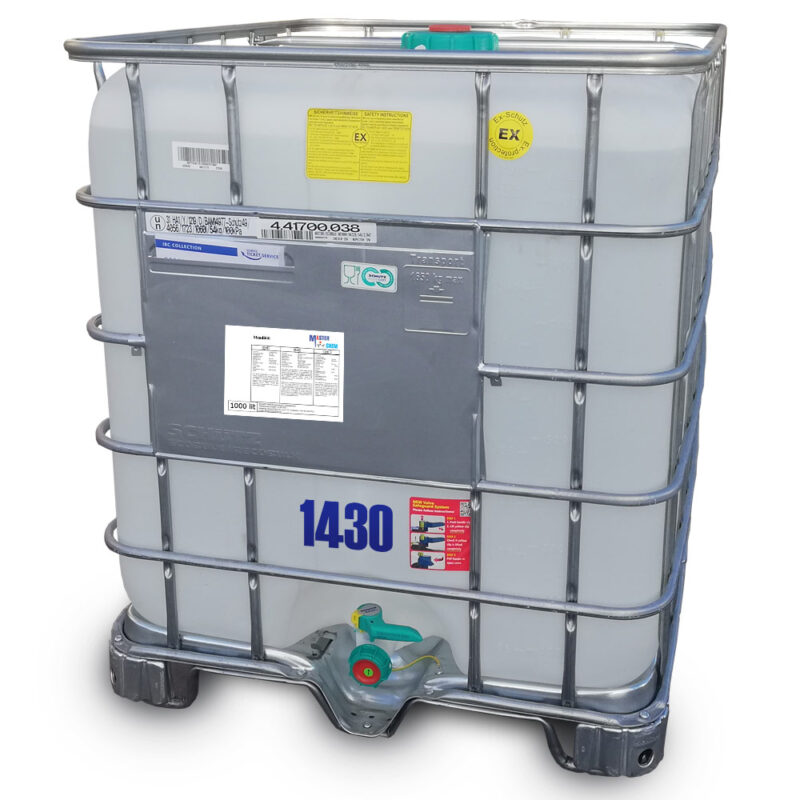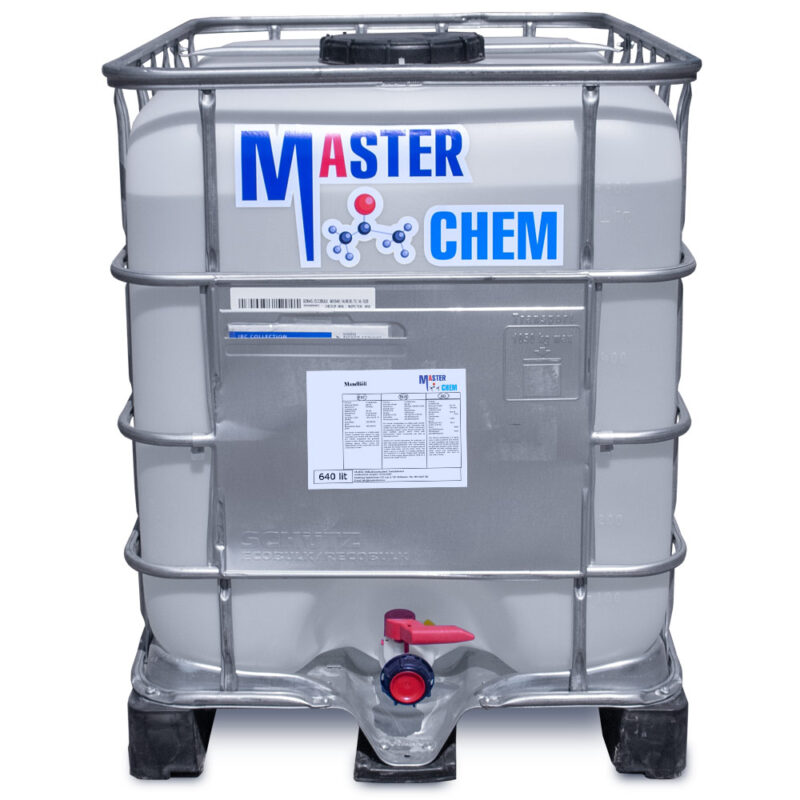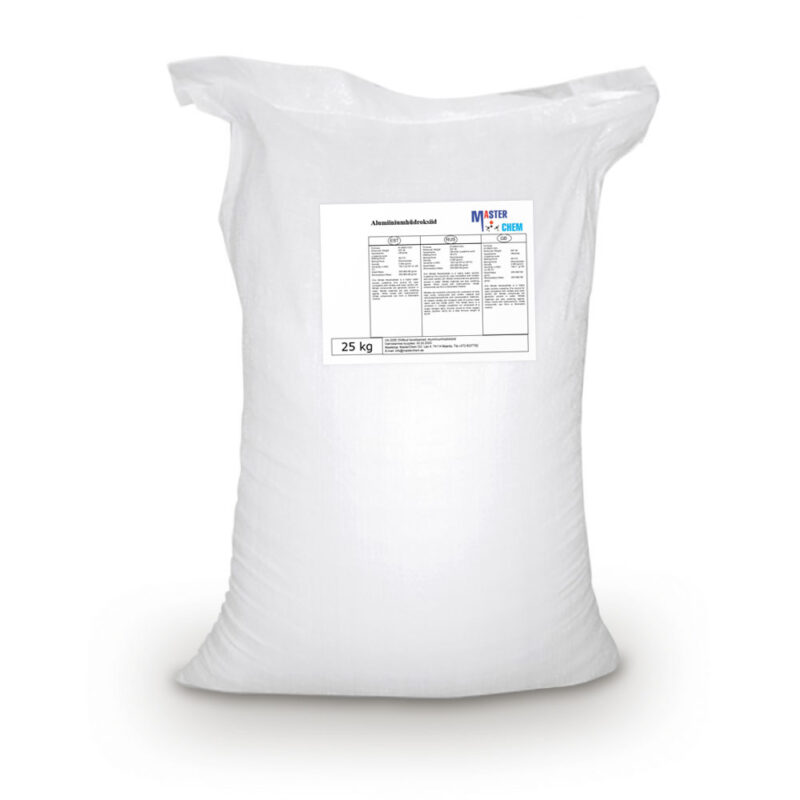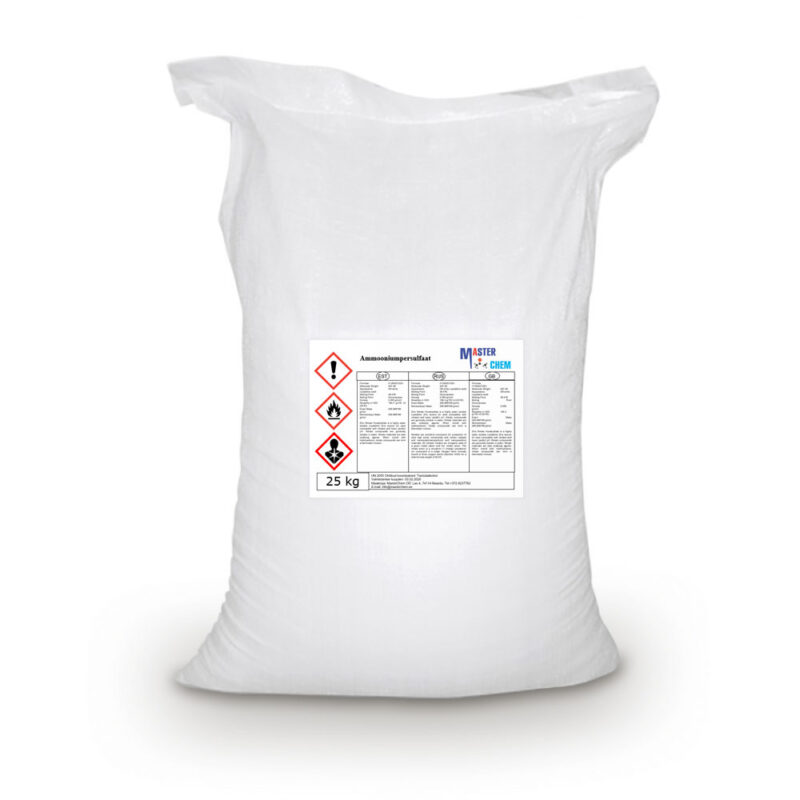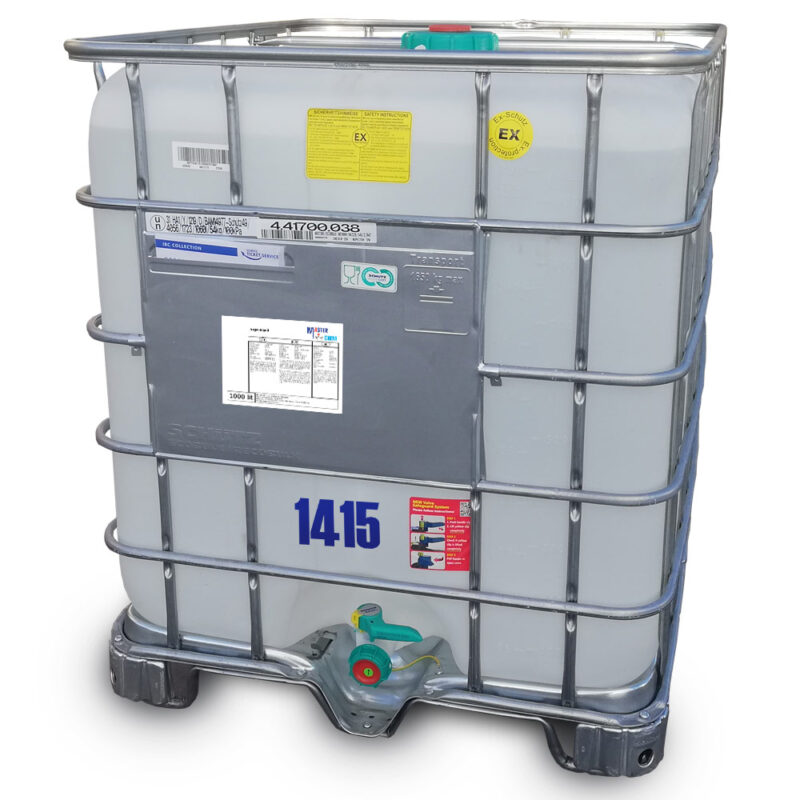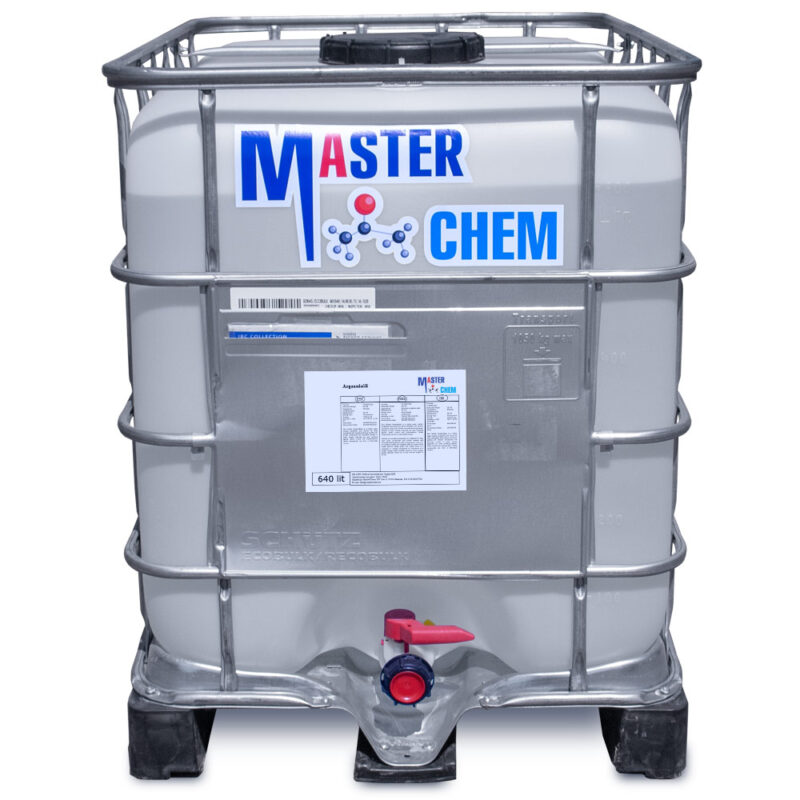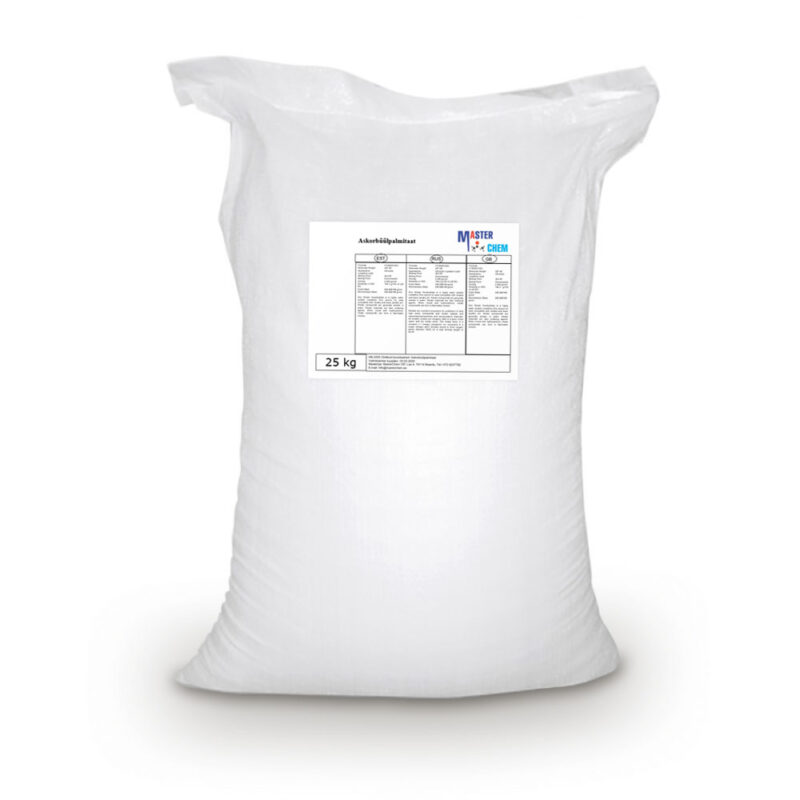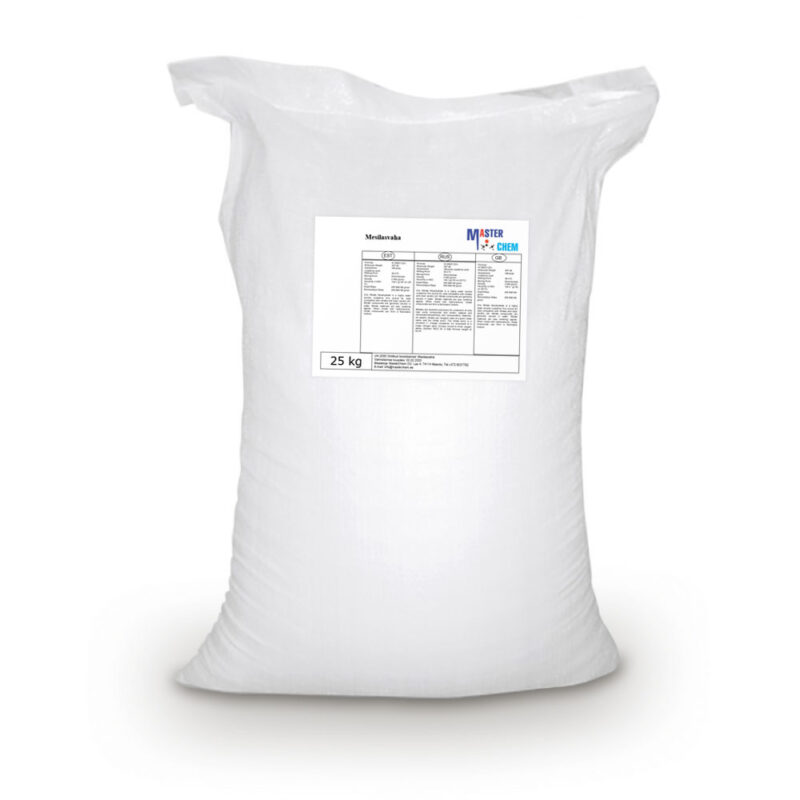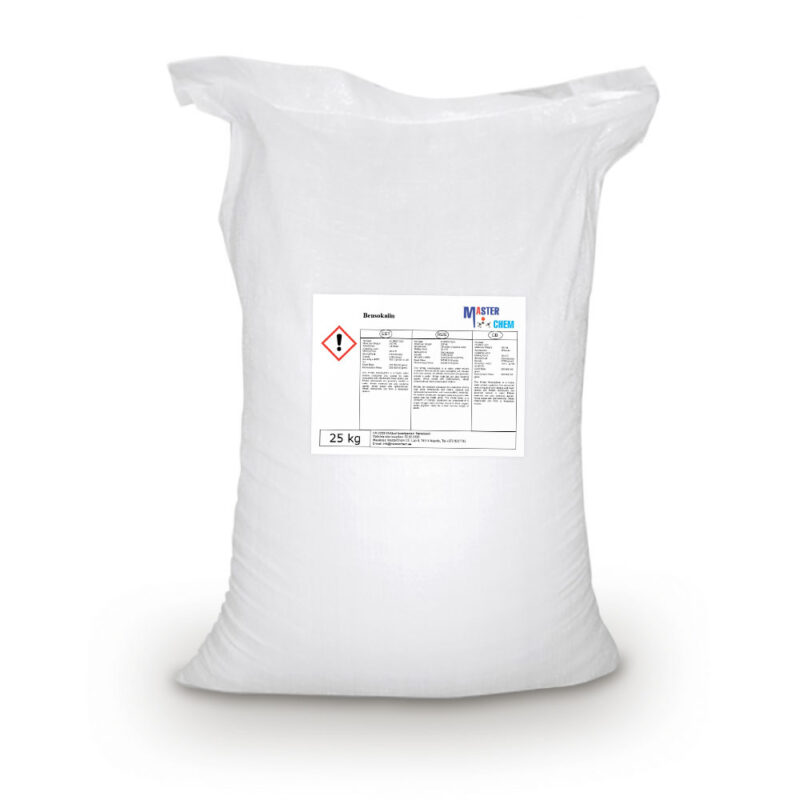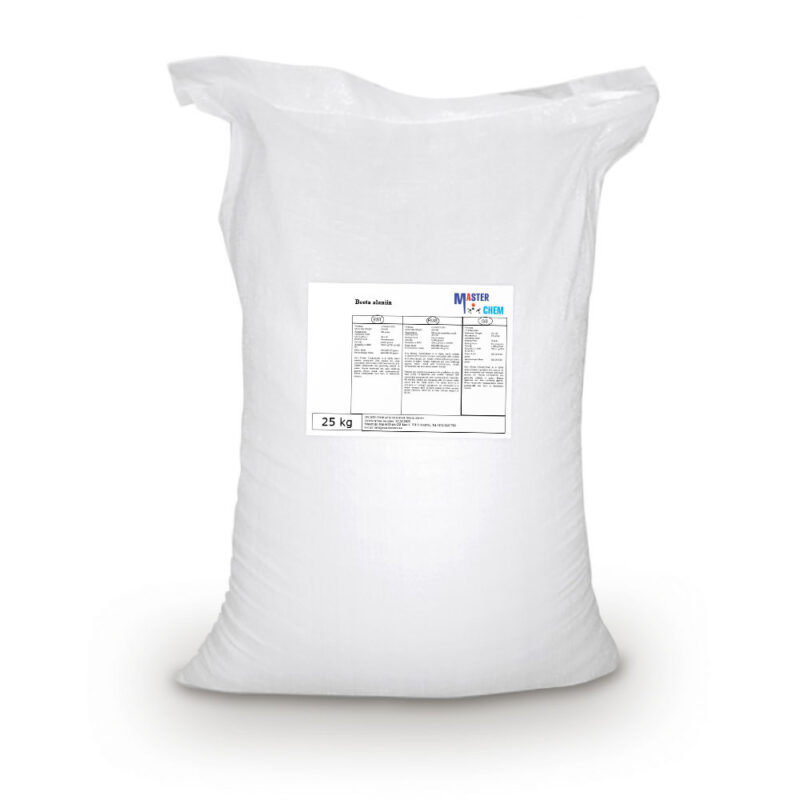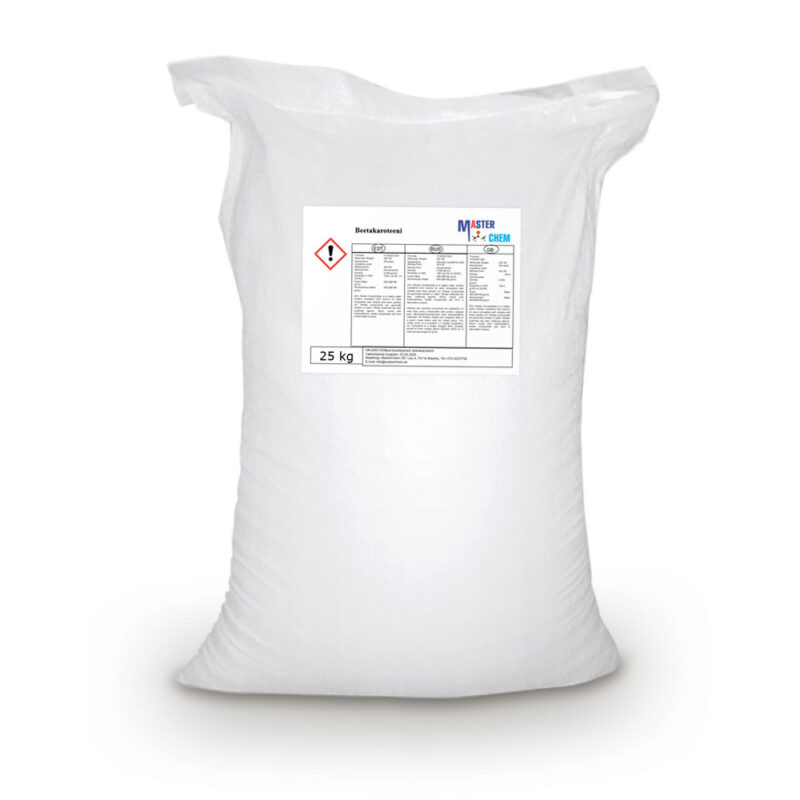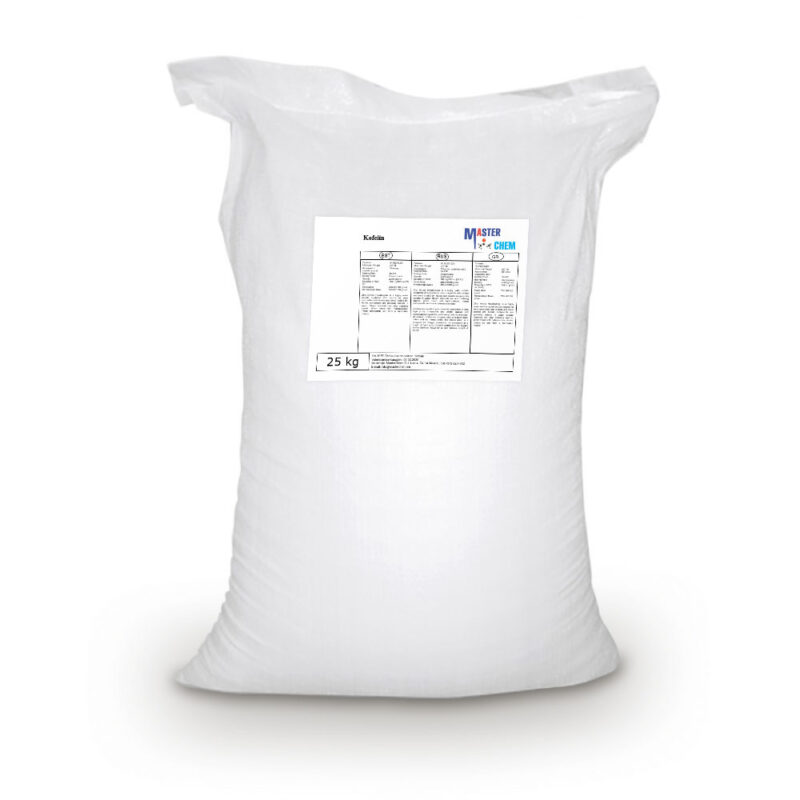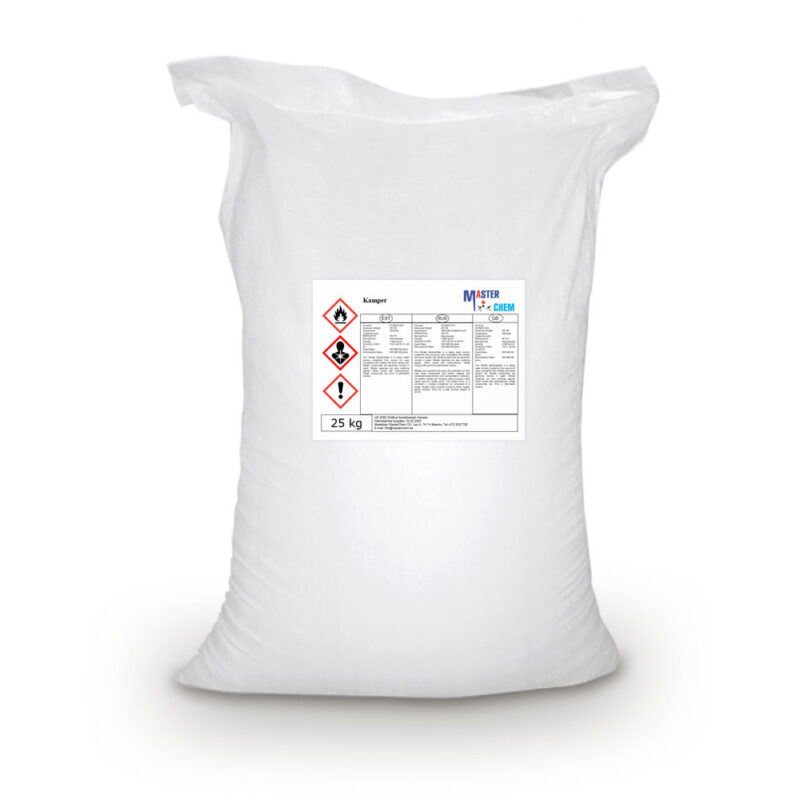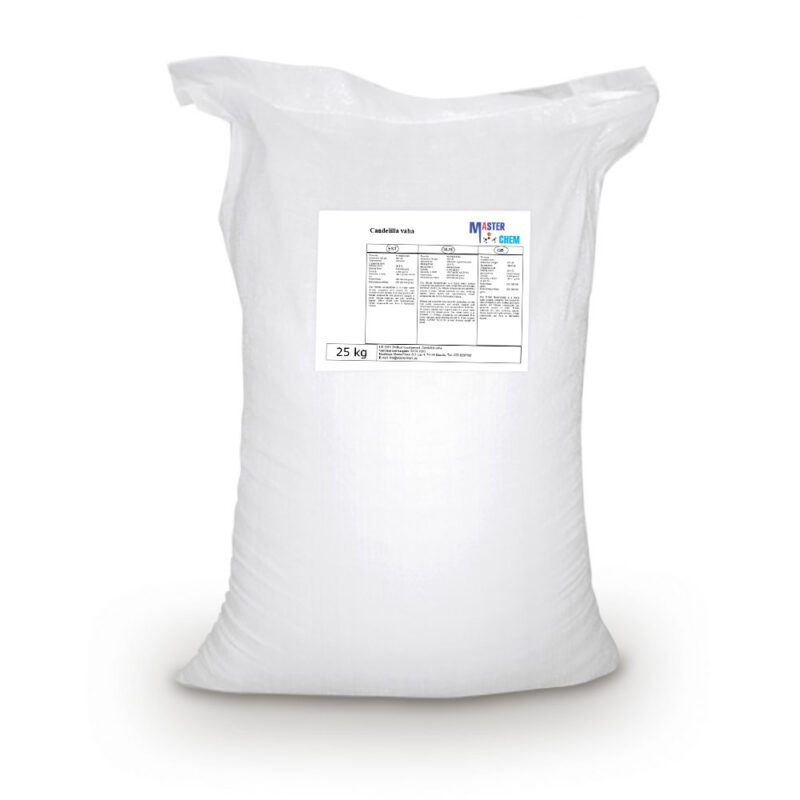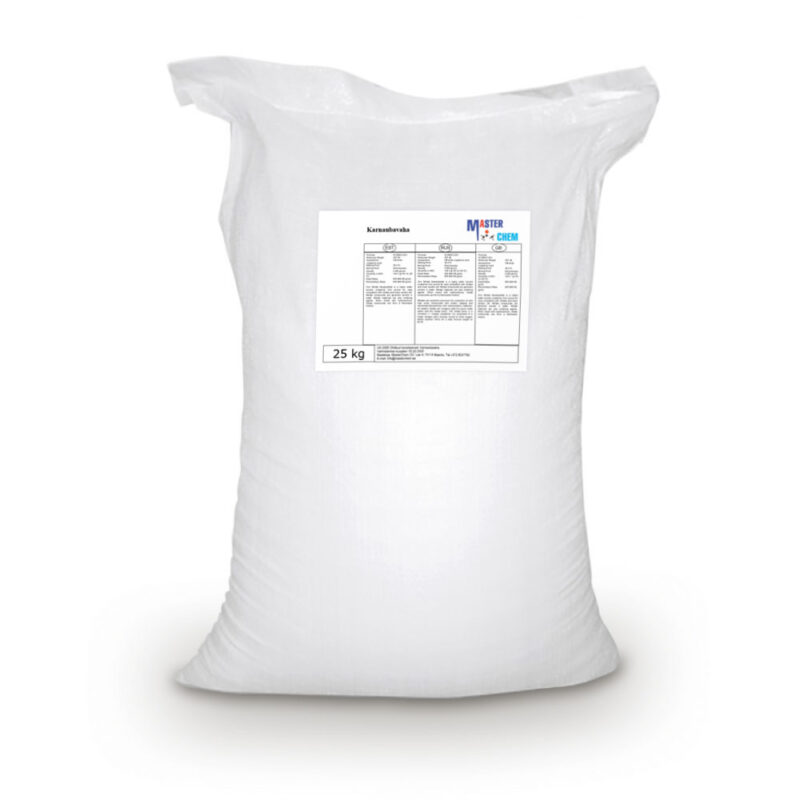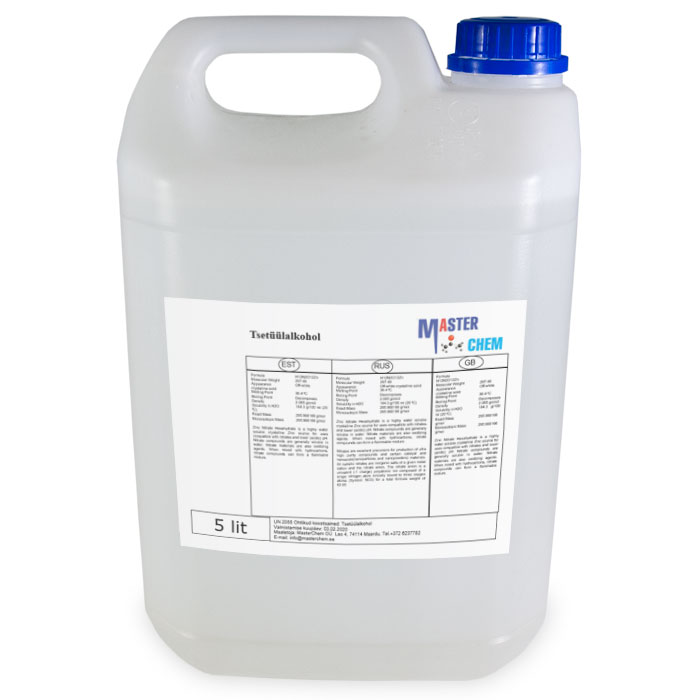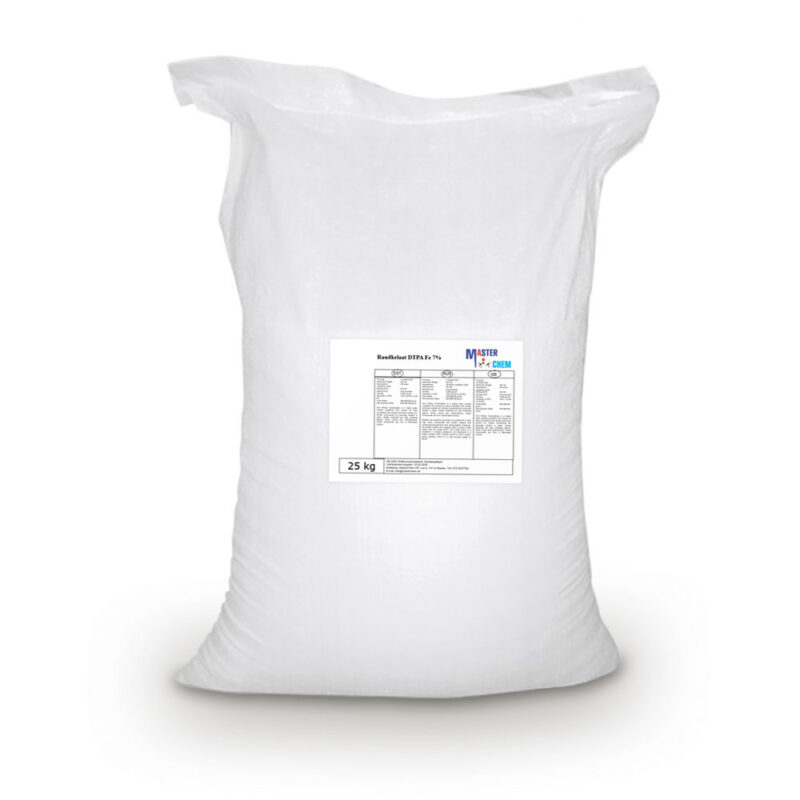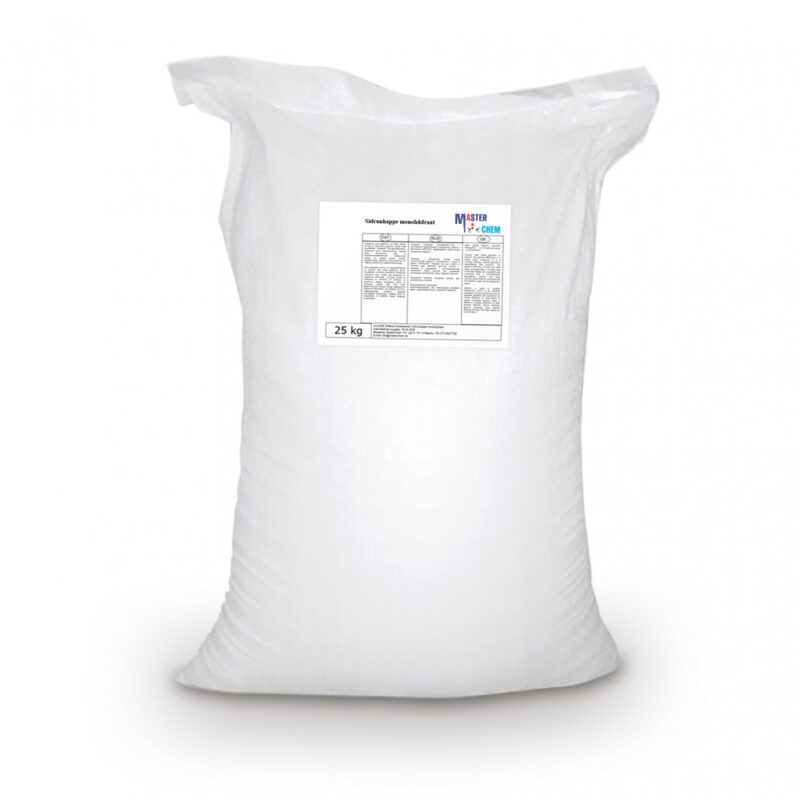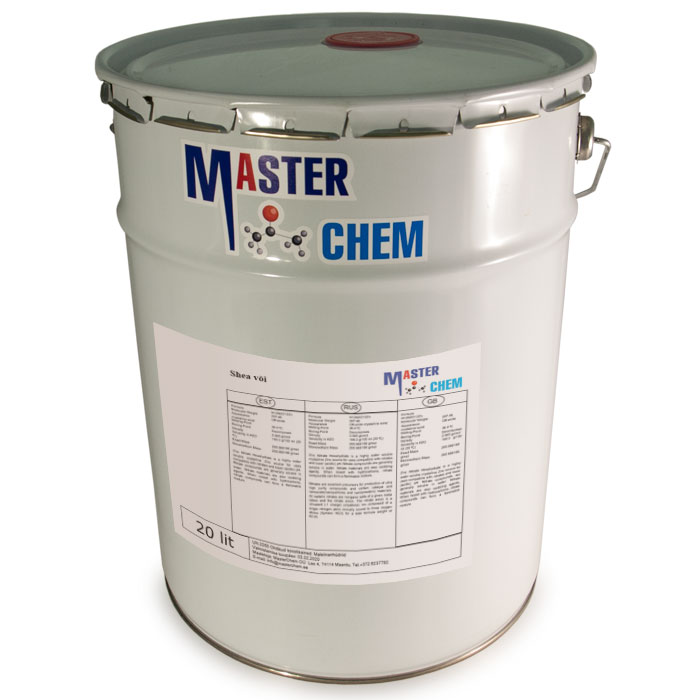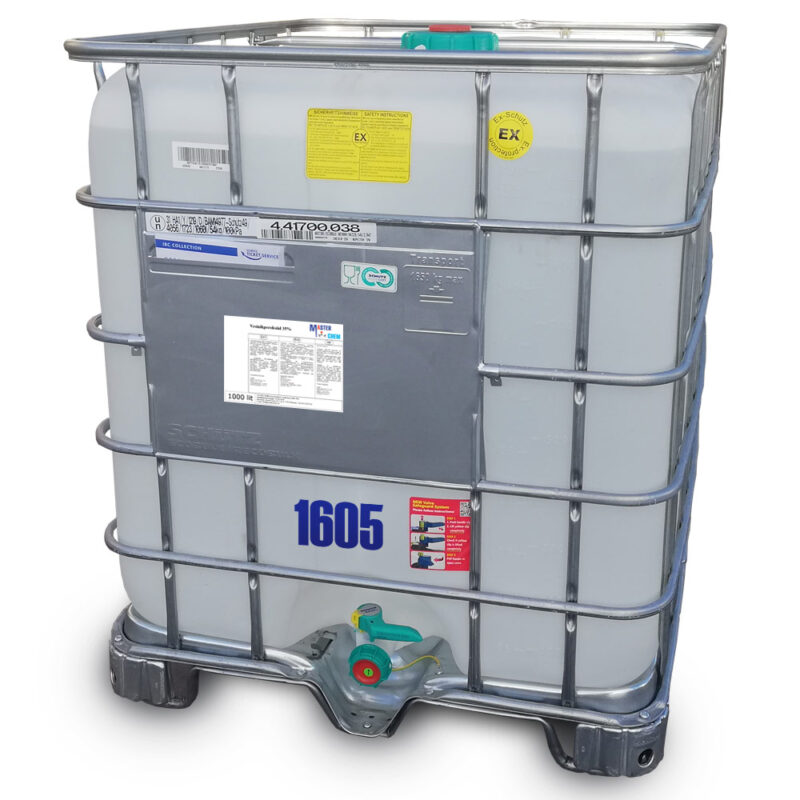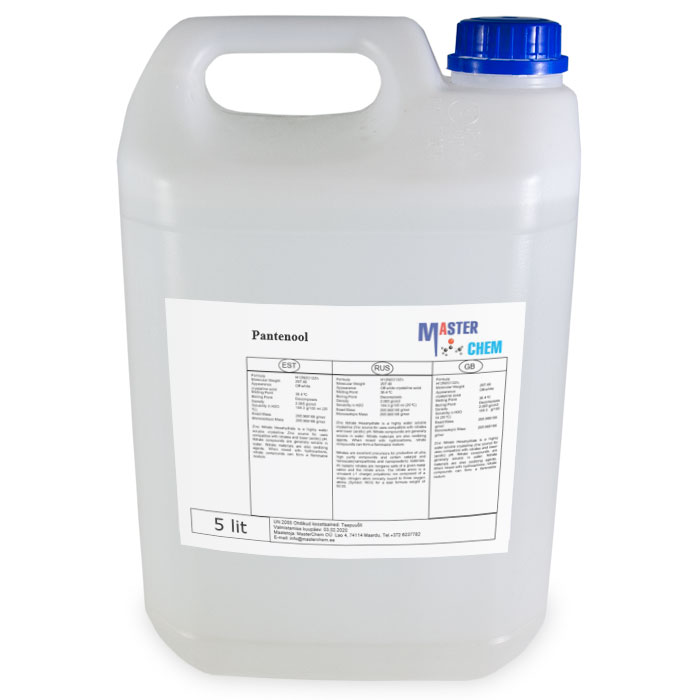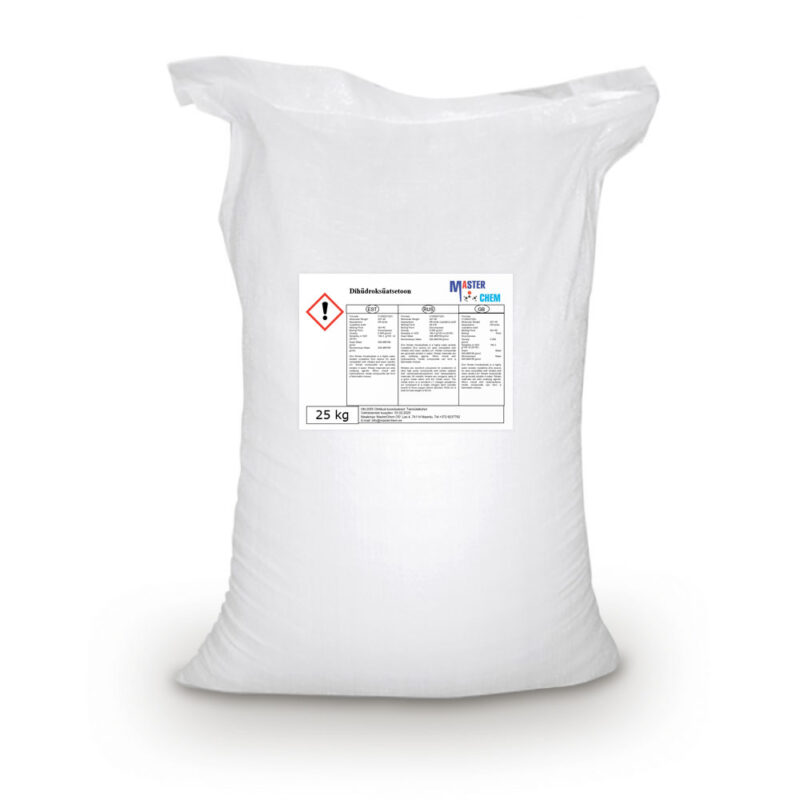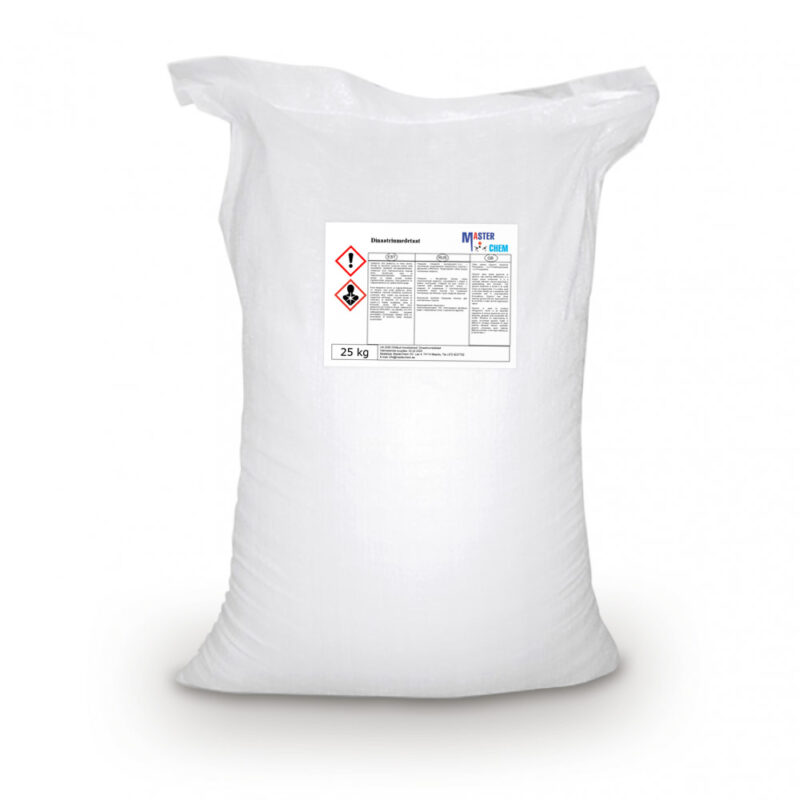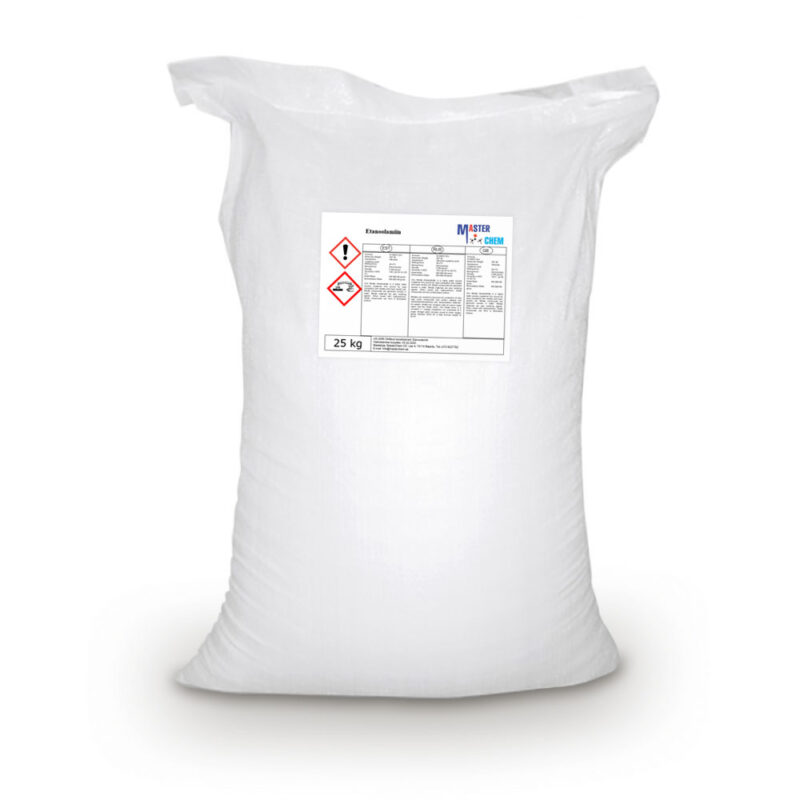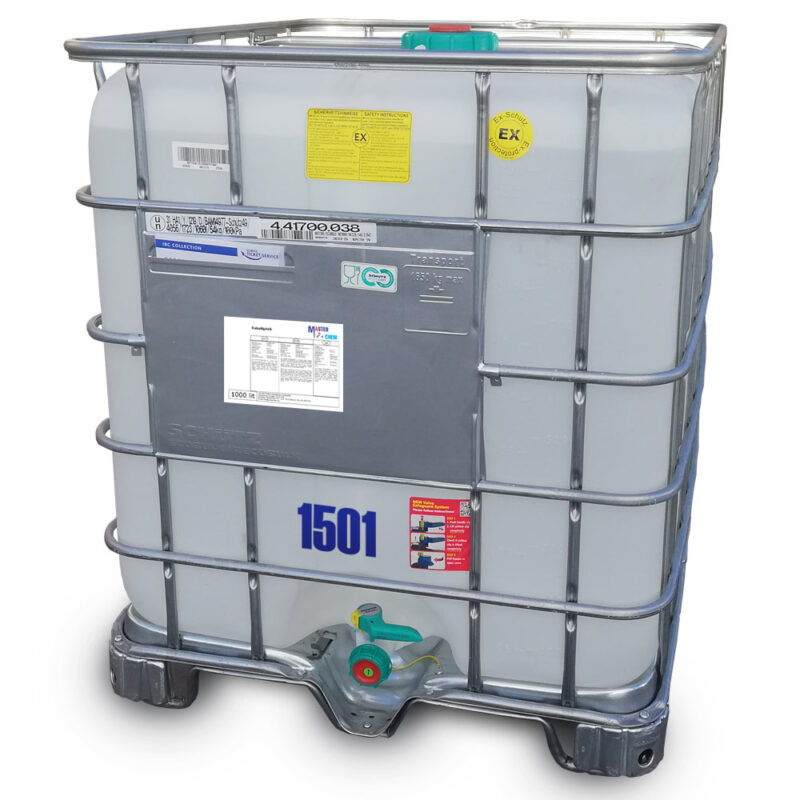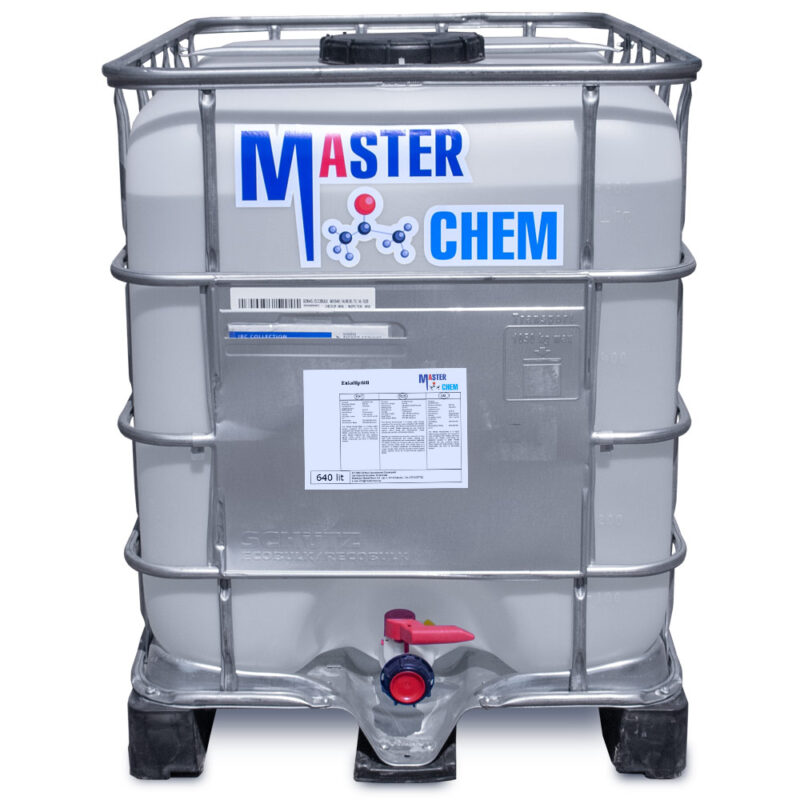Allantoin (CAS 97-59-6)
Allantoin (CAS 97-59-6)
Allantoin is a chemical compound with formula C4H6N4O3. It is also called 5-ureidohydantoin or glyoxyldiureide. It is a diureide of glyoxylic acid. Allantoin is a major metabolic intermediate in most organisms including animals, plants and bacteria. It is produced from uric acid, which itself is a degradation product of nucleic acids, by action of urate oxidase (uricase).
Allantoin is present in botanical extracts of the comfrey plant and in the urine of most mammals. Chemically synthesized bulk allantoin, which is chemically equivalent to natural allantoin, is safe, non-toxic, compatible with cosmetic raw materials and meets CTFA and JSCI requirements. Over 10,000 patents reference allantoin.
Almond oil (CAS 8007-69-0)
Almond oil (CAS 8007-69-0)
lmond Oil is the oil of the bitter almond after the removal of hydro- cyanic acid. it is a colorless to slightly yellow liquid having a strong principally almond-like aroma. it is used mainly in the pharmaceu- tical and cosmetic industry and also as a food flavoring agent. Sweet almond oil is an emollient with soothing properties.
Almond oil is used therapeutically as an emollientand to soften ear wax. As a pharmaceutical excipient it is employed as a vehicle in parenteral preparations, such as oily phenol injection. It is also used in nasal spray, and topical preparations.Almond oil is also consumed as a food substance.
Aluminium hydroxide (CAS 21645-51-2)
Aluminium hydroxide (CAS 21645-51-2)
Aluminium hydroxide, Al(OH)3, is found in nature as the mineral gibbsite (also known as hydrargillite) and its three much rarer polymorphs: bayerite, doyleite, and nordstrandite. Aluminium hydroxide is amphoteric, i.e., it has both basic and acidic properties. Closely related are aluminium oxide hydroxide, AlO(OH), and aluminium oxide or alumina (Al2O3), the latter of which is also amphoteric. These compounds together are the major components of the aluminium ore bauxite.
Ammonium persulfate (CAS 7727-54-0)
Ammonium persulfate (CAS 7727-54-0)
Ammonium persulfate (APS) is the inorganic compound with the formula (NH4)2S2O8. It is a colourless (white) salt that is highly soluble in water, much more so than the related potassium salt. It is a strong oxidizing agent that is used in polymer chemistry, as an etchant, and as a cleaning and bleaching agent.
The dissolution of the salt in water is an endothermic process. As an oxidizing agent and a source of radicals, APS finds many commercial applications.
Salts of sulfate are mainly used as radical initiators in the polymerization of certain alkenes. Commercially important polymers prepared using persulfates include styrene-butadiene rubber and polytetrafluoroethylene.
Ammonium persulfate is a standard ingredient in hair bleach. Persulfates are used as oxidants in organic chemistry. For example, in the Minisci reaction.
Argan oil (CAS 223747-87-3)
Argan oil (CAS 223747-87-3)
Argan oil is a plant oil produced from the kernels of the argan tree (Argania spinosa L.).
Argan oil has a relative density at 20 °C (68 °F) ranging from 0.906 to 0.919.
Argan oil contains tocopherols (vitamin E), phenols, carotenes, squalene, and fatty acids (80% unsaturated). The main natural phenols in argan oil are caffeic acid, oleuropein, vanillic acid, tyrosol, catechol, resorcinol, (−)-epicatechin and (+)-catechin.
Depending on the extraction method, argan oil may be more resistant to oxidation than olive oil.
Ascorbyl palmitate (CAS 137-66-6)
Ascorbyl palmitate (CAS 137-66-6)
Ascorbyl palmitate is an ester formed from ascorbic acid and palmitic acid creating a fat-soluble form of vitamin C. In addition to its use as a source of vitamin C, it is also used as an antioxidant food additive (E number E304). It is approved for use as a food additive in the EU, the U.S., Canada, Australia, and New Zealand.
Ascorbyl palmitate is also marketed as “vitamin C ester”. It is synthesized by acylation vitamin C using different acyl donors.
Beeswax (CAS 64742-26-3)
Beeswax (CAS 64742-26-3)
Beeswax absolute is obtained by alcohol extraction of beeswax. The yield is generally less than 1%.The yellowish-brown, viscous product has a mild, honey-like odor, and high tenacity; it is used almost exclusively in fine fragrances.
Crude yellow beeswax is harvested together with honey and represents a secondary secretion of the bee. Once the honey is recovered from the honeycomb by draining the cells, the wax combs are washed with water, melted and poured into molds to harden. The wax is refined by melting in hot water to which sulfuric acid or alkali may be added to extract impurities. The resulting wax is referred to as yellow beeswax. Yellow beeswax contains cerolein, a mixture of fatty acids and soluble in hot alcohol and slightly soluble in cold alcohol; myricyl alcohol and myricyl palmitate, insoluble in alcohol. Beeswax is produced worldwide with the same chemical composition. The odor may vary slightly, depending on the source.
Benzocaine (CAS 94-09-7)
Benzocaine (CAS 94-09-7)
Benzocaine is an ester of paraaminobenzoic acid, lacking the terminal diethylamino group of procaine, with anesthetic activity. Benzocaine binds to the sodium channel and reversibly stabilizes the neuronal membrane which decreases its permeability to sodium ions. Depolarization of the neuronal membrane is inhibited, thereby blocking the initiation and conduction of nerve impulses.
Beta alanine (CAS 107-95-9)
Beta alanine (CAS 107-95-9)
β-Alanine (or beta-alanine) is a naturally occurring beta amino acid, which is an amino acid in which the amino group is attached to the β-carbon (i.e. the carbon two atoms away from the carboxylate group) instead of the more usual α-carbon for alanine (α-alanine). The IUPAC name for β-alanine is 3-aminopropanoic acid. Unlike its counterpart α-alanine, β-alanine has no stereocenter.
Beta carotene (CAS 7235-40-7)
Beta carotene (CAS 7235-40-7)
Beta carotene is an organic, strongly coloured red-orange pigment abundant in fungi, plants, and fruits. It is a member of the carotenes, which are terpenoids (isoprenoids), synthesized biochemically from eight isoprene units and thus having 40 carbons. Among the carotenes, β-carotene is distinguished by having beta-rings at both ends of the molecule. β-Carotene is biosynthesized from geranylgeranyl pyrophosphate.
Caffeine (CAS 58-08-2)
Caffeine (CAS 58-08-2)
Trimethylated xanthine that acts as a potent central nervous system stimulant. At higher doses, produces tachycardia and interferes with the uptake and storage of Ca2+ by the sarcoplasmic reticulum in skeletal muscle. Prevents apoptosis and cell cycle effects induced by Camptothecin (Cat. No. 208925) and topotecan in HL-60 cells.
Caffeine, CAS 58-08-2, is a trimethylated xanthine that acts as a potent central nervous system stimulant. At higher doses, produces tachycardia.
Camphor (CAS 21368-68-3)
Camphor (CAS 21368-68-3)
Camphor appears as a colorless or white colored crystalline powder with a strong mothball-like odor. About the same density as water. Emits flammable vapors above 150°F. Used to make moth proofings, pharmaceuticals, and flavorings.
Candelilla wax (CAS 8006-44-8)
Candelilla wax (CAS 8006-44-8)
Candelilla wax is a wax derived from the leaves of the small Candelilla shrub native to northern Mexico and the southwestern United States, Euphorbia cerifera and Euphorbia antisyphilitica, from the family Euphorbiaceae. It is yellowish-brown, hard, brittle, aromatic, and opaque to translucent.
It is mostly used mixed with other waxes to harden them without raising their melting point. As a food additive, candelilla wax has the E number E 902 and is used as a glazing agent. It also finds use in cosmetic industry, as a component of lip balms and lotion bars. One of its major uses is as a binder for chewing gums.
Candelilla wax can be used as a substitute for carnauba wax and beeswax. It is also used for making varnish.
Carnauba wax (CAS 8015-86-9)
Carnauba wax (CAS 8015-86-9)
Carnauba wax occurs as a light brown- to pale yellow-colored powder, flakes, or irregular lumps of a hard, brittle wax. It has a characteristic bland odor and practically no taste. It is free from rancidity. Various types and grades are available commercially.
Wherever a hard, high-polish wax is desired, e.g. in automobile waxes, floor wax emulsions, high quality shoe polishes, in the paper industry (especially for making carbon papers). As a plasticizer in dental impression compounds. To raise the melting point of other waxes; often used together with candelilla wax. The presence of the lower-melting ouricury wax is considered as an adulteration. Purified and bleached carnauba wax is used for cosmetic materials, such as depilatories and deodorant sticks. In pharmacy as the last stage in tablet coating. Skin sensitization or irritation by carnauba wax seems infrequent.
Uses carnauba wax is used to firm and texturize cosmetic preparations, and give them a less fluid consistency. Carnauba wax also forms a protective layer on the skin’s surface. It has the highest melting point among natural plant waxes and does not usually cause allergic reactions. This wax is obtained from leaves and leaf buds of the Brazilian wax palm.
Uses Carnauba Wax is a general purpose food additive that is a hard and brittle wax. it is obtained from the leaf buds and leaves of the brazilian wax palm copernicia cerifera. it is the hardest wax known and is used in candy glaze.
Cetyl alcohol (CAS 36653-82-4)
Cetyl alcohol (CAS 36653-82-4)
Cetyl alcohol, also known as hexadecan-1-ol and palmityl alcohol, is a C-16 fatty alcohol with the formula CH3(CH2)15OH. At room temperature, cetyl alcohol takes the form of a waxy white solid or flakes. The name cetyl derives from the whale oil (cetacea oil, from Latin: cetus, lit. ’whale’, from Ancient Greek: κῆτος, romanized: kētos, lit. ’huge fish’) from which it was first isolated.
Cetyl alcohol is used in the cosmetic industry as an opacifier in shampoos, or as an emollient, emulsifier or thickening agent in the manufacture of skin creams and lotions. It is also employed as a lubricant for nuts and bolts, and is the active ingredient in some “liquid pool covers” (forming a non-volatile surface layer to reduce water evaporation, related latent vaporization heat loss, and thus to retain heat in the pool). Moreover, it can also be used as a non-ionic co-surfactant in emulsion applications.
Citric acid (CAS 77-92-9)
Citric acid is a weak organic acid that has the chemical formula C6H8O7
It occurs naturally in citrus fruits. In biochemistry, it is an intermediate in the citric acid cycle, which occurs in the metabolism of all aerobic organisms.More than two million tons of citric acid are manufactured every year. It is used widely as an acidifier, as a flavoring and a chelating agent.
CAS: 77-92-9
Citric Acid Monohydrate (CAS 5949-29-1)
Citric Acid Monohydrate (CAS 5949-29-1)
Citric Acid Monohydrate is a tricarboxylic acid found in citrus fruits. Citric acid is used as an excipient in pharmaceutical preparations due to its antioxidant properties. It maintains stability of active ingredients and is used as a preservative. It is also used as an acidulant to control pH and acts as an anticoagulant by chelating calcium in blood.
Cocoa butter (CAS 8002-31-1)
Cocoa butter (CAS 8002-31-1)
Cocoa butter, also called theobroma oil, is a pale-yellow, edible fat extracted from the cocoa bean (Theobroma cacao). It is used to make chocolate, as well as some ointments, toiletries, and pharmaceuticals. Cocoa butter has a cocoa flavor and aroma. Its melting point is slightly below human body temperature. It is an essential major ingredient of chocolate and related confectionary products.
Cocoamidopropyl betaine (CAS 61789-40-0)
Cocoamidopropyl betaine (CAS 61789-40-0)
Cocamidopropyl Betaine, or CAB/CAPB for short, is a widely-used amphoteric surfactant. It’s a mild coconut-derived active ingredient, increasingly used as an emulsifier, thickener, and foaming agent in various household detergents, personal care products, and cosmetics, especially in gentle baby care products, such as baby shampoos and baby bubble baths.
Thanks to its mildness and compatibility with other surfactants, Cocamidopropyl Betaine has been a popular choice as a primary or secondary surfactant in an extensive range of formulas. CAPB can have excellent synergistic effects with other surfactants in formulas, to achieve higher viscosity, richer foam, and lower irritation to the skin and eyes.
D-Panthenol (CAS 81-13-0)
D-Panthenol (CAS 81-13-0)
Panthenol (also called pantothenol) is the alcohol analog of pantothenic acid (vitamin B5), and is thus a provitamin of B5. In organisms, it is quickly oxidized to pantothenic acid. It is a viscous transparent liquid at room temperature. Panthenol is used in pharmaceutical and cosmetic products as a moisturizer and to improve wound healing.
Panthenol is an odourless, slightly bitter, highly viscous, transparent, and colourless liquid at room temperature, but salts of pantothenic acid (for example sodium pantothenate) are powders that are typically white. It is easily soluble in water and alcohol, moderately soluble in diethyl ether, soluble in chloroform (1:100), in propylene glycol, and slightly soluble in glycerin.
Dihydroxyacetone (CAS 96-26-4)
Dihydroxyacetone (CAS 96-26-4)
Dihydroxyacetone, also known as glycerone, is a simple saccharide (a triose) with formula C3H6O3.
DHA is primarily used as an ingredient in sunless tanning products. It is often derived from plant sources such as sugar beets and sugar cane, and by the fermentation of glycerin.
DHA is a hygroscopic white crystalline powder. It has a sweet cooling taste and a characteristic odor. It is the simplest of all ketoses and has no chiral center or optical activity. The normal form is a dimer (2,5-bis(hydroxymethyl)-1,4-dioxane-2,5-diol) which is slowly soluble in one part water and 15 parts ethanol. When freshly prepared, it reverts rapidly to the monomer in solution.
Disodium edetate (CAS 6381-92-6)
Disodium edetate (CAS 6381-92-6)
Edetate Disodium is the disodium salt form of edetate, a heavy metal chelating agent with anti-hypercalcemic and anti-arrhythmic properties. Edetate, a heavy metal antagonist, chelates divalent and trivalent metals, forming soluble stable complexes which are readily excreted by the kidneys, thereby can be used to lower serum calcium concentrations. In addition, this agent exerts a negative inotropic effect on the heart through a transiently induced hypocalcemic state, thereby antagonizing the inotropic and chronotropic effects of digitalis glycosides on the ventricles of the heart. Upon ocular administration, edetate exerts its ophthalmic effect by chelating calcium to form soluble complexes, thereby removing corneal calcium deposits.
Ethanolamine (CAS 141-43-5)
Ethanolamine (CAS 141-43-5)
Ethanolamine (2-aminoethanol, monoethanolamine, ETA, or MEA) is an organic chemical compound with the formula HOCH2CH2NH2 (C2H7NO). The molecule is bifunctional, containing both a primary amine and a primary alcohol. Ethanolamine is a colorless, viscous liquid with an odor reminiscent of ammonia. Its derivatives are widespread in nature; e.g., lipids, as precursor of a variety of N-acylethanolamines (NAEs), that modulate several animal and plant physiological processes such as seed germination, plant–pathogen interactions, chloroplast development and flowering, as well as precursor, combined with arachidonic acid (C20H32O2; 20:4, ω-6), to form the endocannabinoid anandamide (AEA: C22H37NO2; 20:4, ω-6).
The ethanolamines comprise a group of amino alcohols. A class of antihistamines is identified as ethanolamines, which includes carbinoxamine, clemastine, dimenhydrinate, Chlorphenoxamine, diphenhydramine and doxylamine.
Eucalyptus oil
Eucalyptus oil
Eucalyptus oil is a generic name for distilled oil that comes from the leaves of the Eucalyptus genus of the Myrtaceae plant family, native to Australia and cultivated worldwide. Eucalyptus oil has been widely used as a pharmaceutical agent, antiseptic, repellent, aroma, fragrance and industrial use. The leaves of selected eucalyptus species are steam distilled to extract eucalyptus oil.

